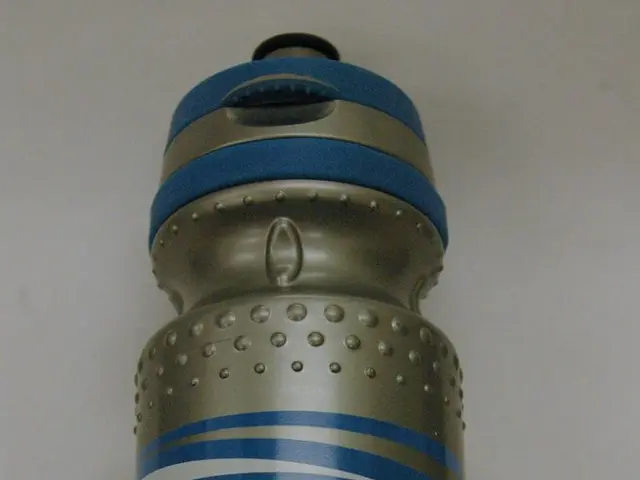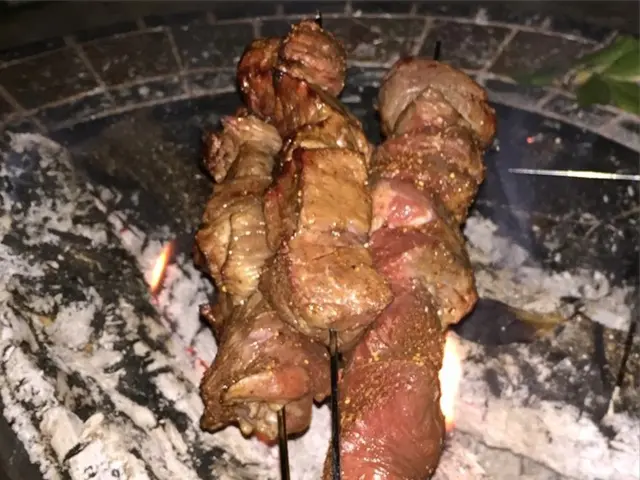Higher Risk of Heat-Related Death for Women: Understanding the Reasons
Hot Days, Higher Risks: Why Women Face a Greater Threat from Heat Stroke
Heat stroke - a life-threatening condition caused by your body overheating - can be a real danger during hot summer days. It occurs when your body fails to cool down, resulting in a core temperature above 104°F.
Your brain's hypothalamus, which manages various bodily functions, sets your core body temperature. Usually, this temperature hovers around 98.6°F. However, if your body absorbs more heat than it releases, your internal temperature will rise, potentially leading to heat stroke.
Researchers at Penn State University discovered an intriguing difference in men and women's responses to heat. They subjected 72 participants between 40 and 92 years of age to a specialized environmental chamber, monitoring their core temperature through a tiny device. The participants performed light activities to simulate day-to-day tasks, and the researchers gradually increased the temperature and humidity until their bodies could no longer cool themselves.
Surprisingly, the physiological responses of middle-aged women were more similar to the responses seen in older men, suggesting that older women face a greater risk of heat-related illnesses compared to their male counterparts, and middle-aged women are equally vulnerable.
Staying Cool: Balancing Your Body's Thermostat
To avoid heat-related problems, it's essential to stay out of the heat. However, that's not always an option. Staying hydrated, avoiding direct sunlight, and wearing loose-fitting clothing can help. But, women may need additional assistance to maintain a cool temperature.
Younger women tend to perspire less than men, reducing their ability to effectively dissipate heat. In addition, hormonal factors, such as menstruation, pregnancy, and menopause, can further impact heat tolerance. Fortunately, dietary modifications may offer a solution.
Nitric Oxide: Nature's Cooling Agent
Nitric oxide (NO), a molecule that keeps blood vessels healthy, helps them perform optimally when the body needs cooling. However, aged cells produce less NO. Interestingly, the loss of estrogen in women exacerbates the loss of NO, making women more susceptible to heat stroke.
NO production can be supported by eating foods rich in dietary nitrates, L-arginine, or folate. These foods aid in producing a supply of NO that lasts about 24 hours. Fruits like watermelon, vegetables such as beets and celery, and nuts and seeds are some examples of NO-boosting foods.
Stay informed about the risks of heat-related illnesses, and take steps to stay safe during hot weather. By making wise choices and incorporating NO-rich foods into your diet, you can help your body maintain a healthy balance, combat heat stress more effectively, and enjoy the summer season without undue risks.
Editor's note: Discover the power of alkalinity in boosting energy, weight loss, digestive health, illness prevention, and overall wellness by visiting The Alkaline Secret to Ultimate Vitality.
References:
- "Older women more vulnerable to heat than their male peers, researchers find" - Science Daily
- "Sex differences in heat stress vulnerability among middle-aged and older adults (PSU HEAT Project)" - American Journal of Physiology
- "Heatstroke" - Cleveland Clinic
- "Hormonal changes during menopause alter thermoregulation in women" - The Journal of Clinical Endocrinology & Metabolism
- "Women's greater susceptibility to heat stress: role of physiological responses and gender norms" - Environmental Health Perspectives
- In light of the research conducted at Penn State University, middle-aged women and older women may face a greater risk of heat-related illnesses than men due to their physiological responses to heat.
- The loss of estrogen in women can exacerbate the loss of nitric oxide (NO) in aged cells, making women more susceptible to heat stroke.
- Consuming foods rich in dietary nitrates, L-arginine, or folate can boost NO production, helping women maintain a healthy body temperature and combat heat stress more effectively.
- Beyond staying out of the heat, staying hydrated, and avoiding direct sunlight, women may need to include NO-boosting foods in their diet to help balance their body's thermostat, especially during hot weather.






